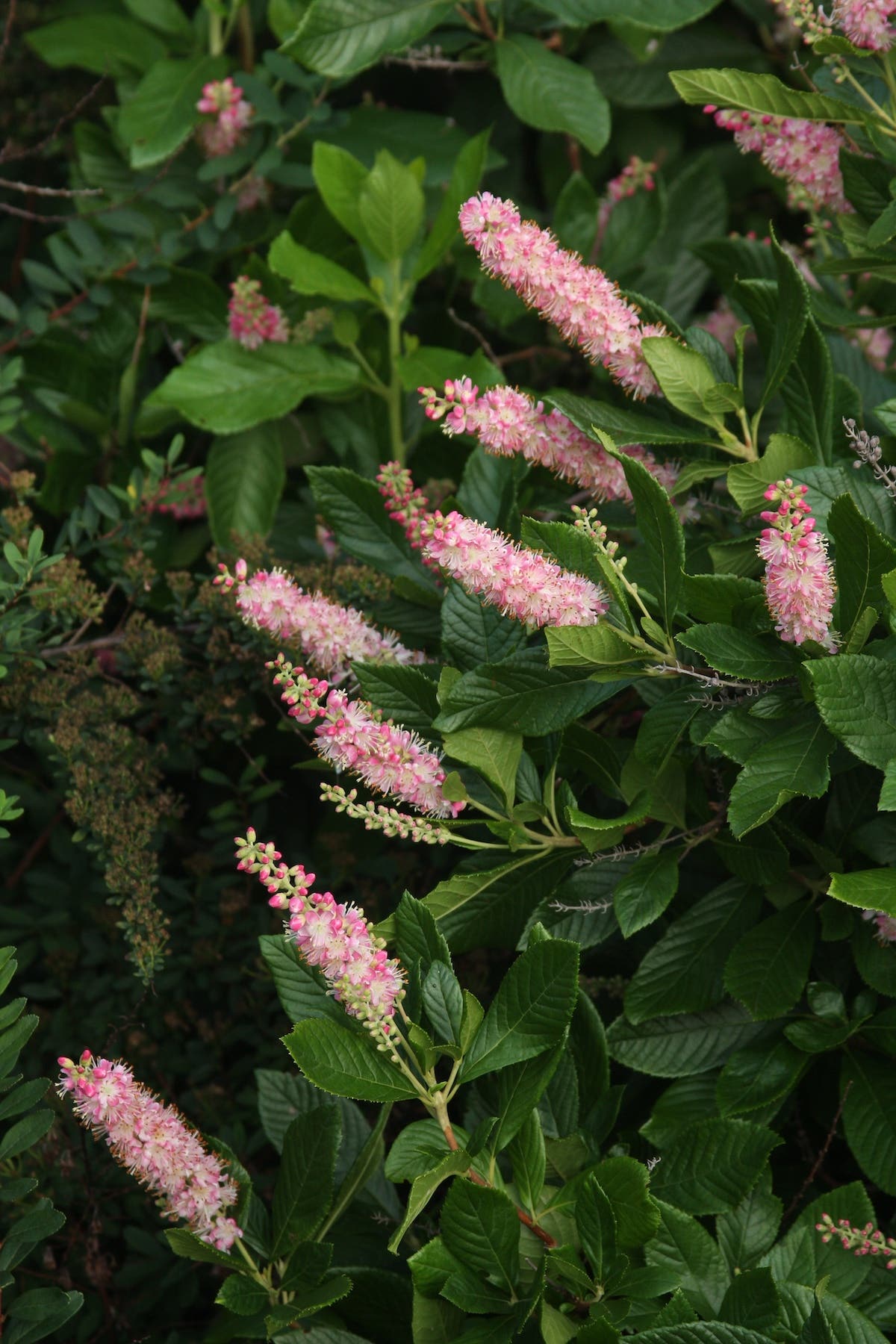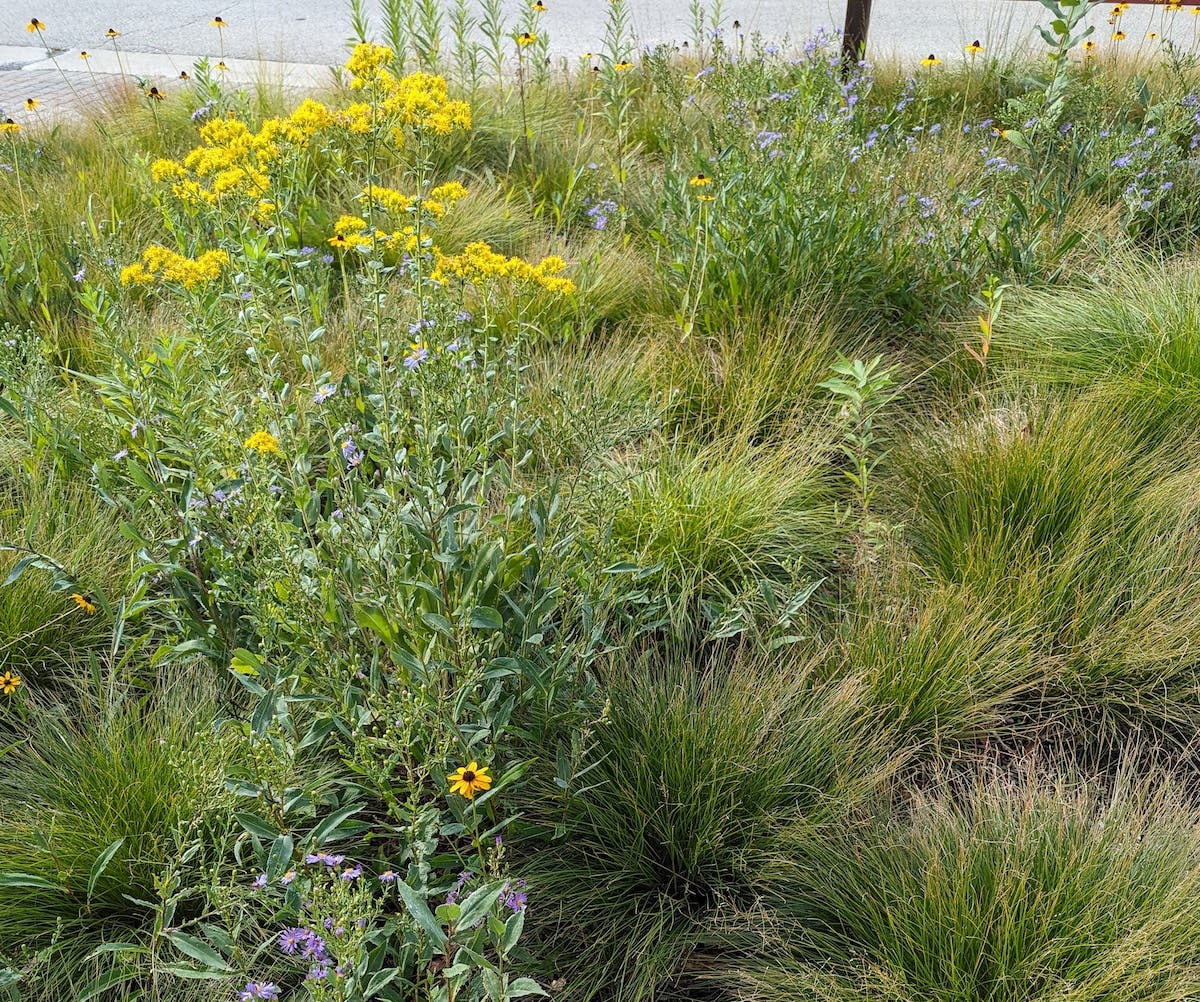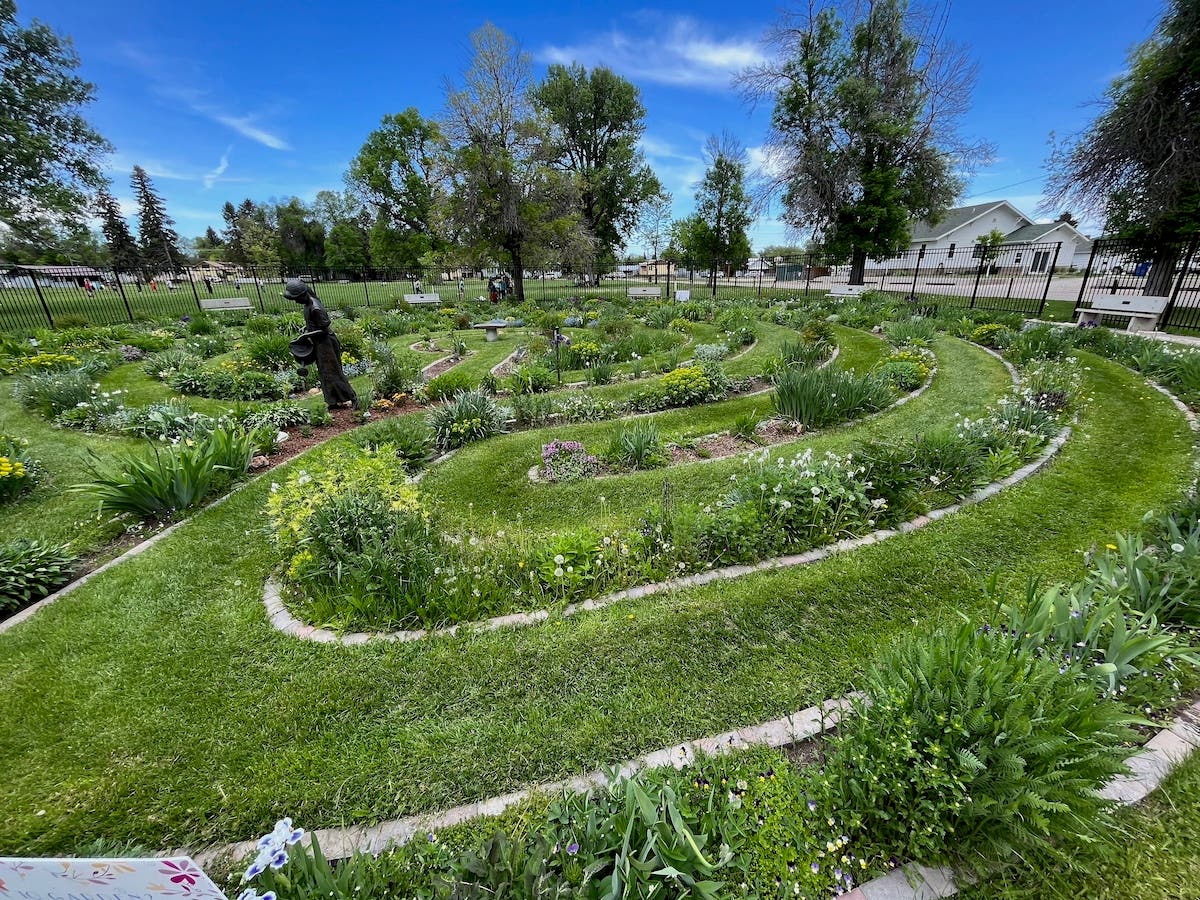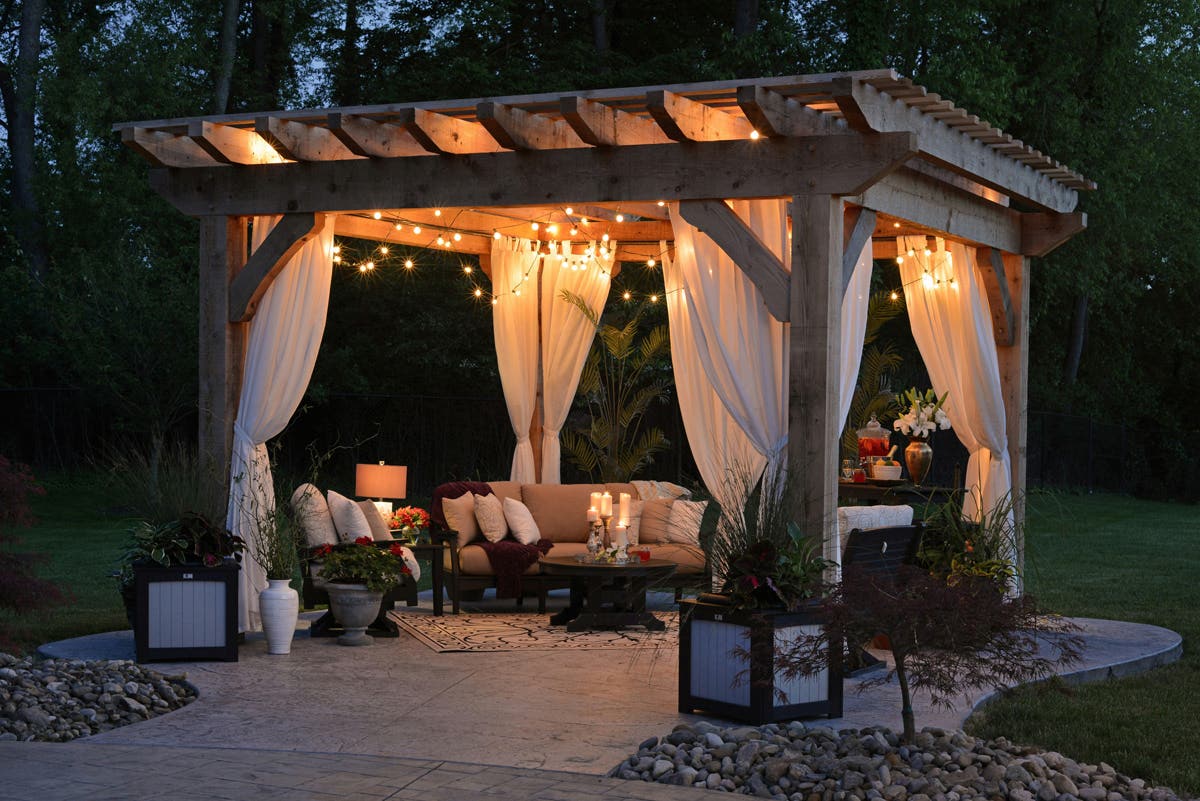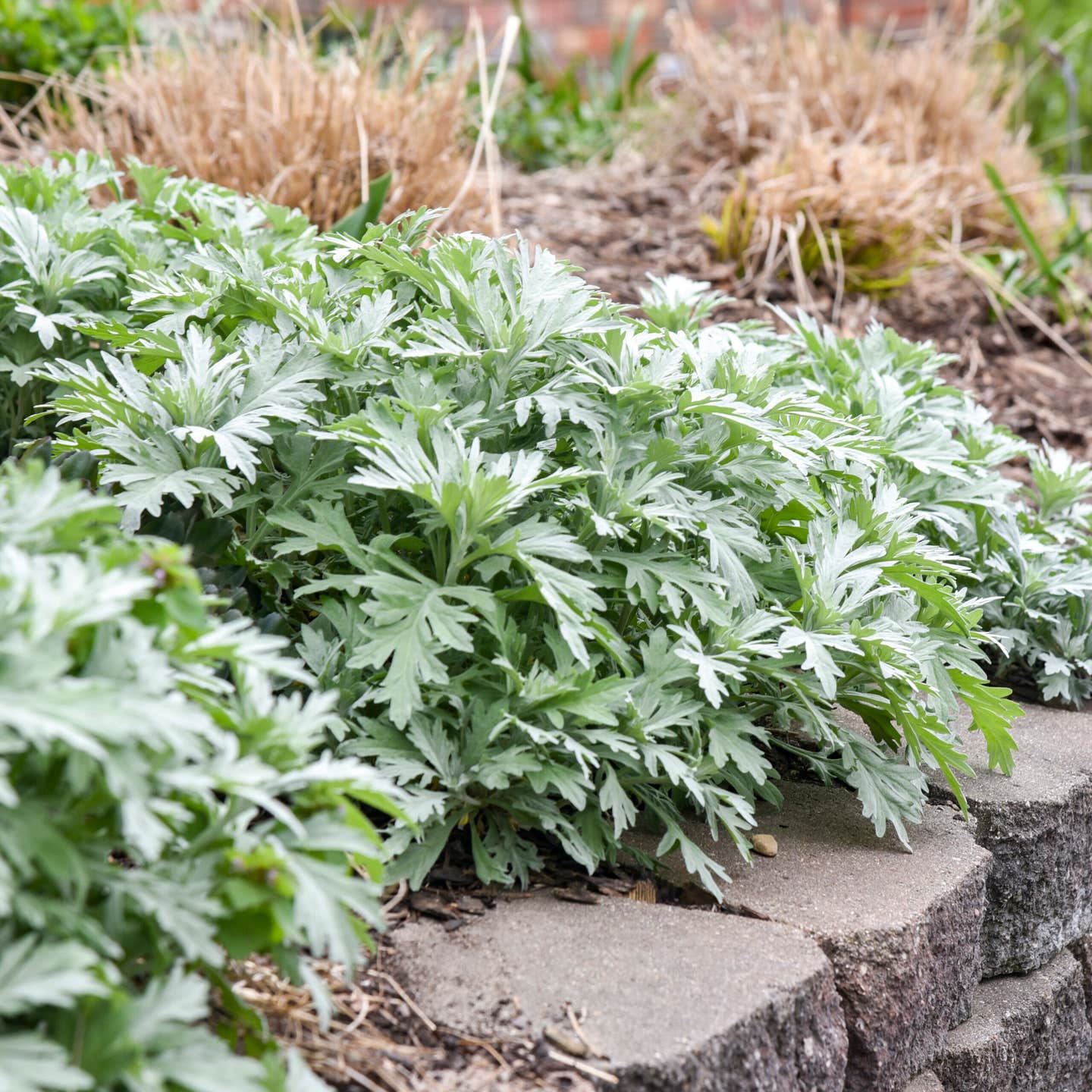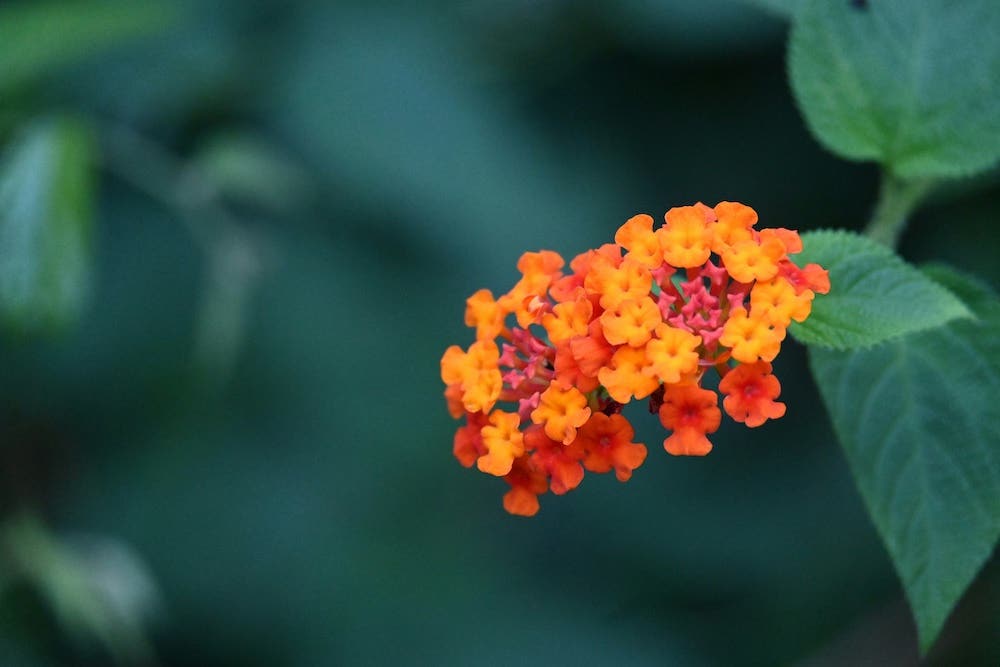Ready to Rock?
Southern garden writer Elizabeth Lawrence wrote: “All gardeners become rock gardeners if they garden long enough.” Gardening is an art, she explained, and rock gardening is the purest, most personal of all forms of horticulture…
Southern garden writer Elizabeth Lawrence wrote: “All gardeners become rock gardeners if they garden long enough.” Gardening is an art, she explained, and rock gardening is the purest, most personal of all forms of horticulture.
Rock gardeners use a variety of settings to grow and display plants, including planters, pots, and handmade troughs. Some lucky gardeners are able to develop rock gardens among natural rocky outcrops and boulders already existing on their properties. Those with flat terrain have two alternatives: raised beds (walled on all sides) and berms (sloping mounds or ridges without walls). These two situations also offer several advantages that make them excellent choices for any new rock gardener.
The soil in raised beds and berms can be easily amended to provide specialized habitats for plants with unique growing requirements. In general, rock garden plants grow best in lean (low-fertility) soil that is quick draining but moisture-retentive. Beds and berms can be built in sun or shade, thereby extending the scope of plants that can be grown. Beds and berms elevate plants above the surrounding ground level, putting plants out of reach of children, pets, and the missteps of visitors. In these raised features, the smallest plants can be appreciated close up. Finally, these elevated gardens permit gardening at knee or waist level, reducing back strain.
Raised Beds
The walls of a raised bed should be about three feet high; this allows for one foot of drainage material topped by two feet of growing medium. The bed should be about four feet wide—you should be able to reach the bed’s middle from each side, so you won’t need to crawl into it for planting and maintenance. Lenght can vary according to the space, but 10 feet is a manageable length for beginners in general. The raised bed need not be a strict rectangle; it may have rounded sides, especially if it sits adjacent to a curving pathway. Before constructing the bed, use rope or flags to make its outline on the ground and visualize its proportions relative to the surrounding garden.
Dry-stacked walls (those without mortar) can be constructed of various attractive materials, such as limestone or sandstone, or less attractive, yet functional, concrete blocks or bricks. Logs, railway ties (without creosote), and planks are other possibilities. A combination of bricks and stone may be used but will likely require mortar. Walls can even be made of tightly stacked newspapers.
To provide a stable base, the first layer of wall material should be sunken partially but firmly into the ground, in a trench a few inches deep. Continue building up layer by layer. If you use stones, place the larger ones near the bottom. With any material, each successive layer should lean toward the center of the bed to ensure water will flow inward to reach the roots of the plants and to keep the walls stable through the seasons. Winter’s freeze and thaw cycles may create pressure on walls. About two inches of lean per foot of height should be adequate to prevent an unmortared wall from toppling under the pressure of soil expanding behind it.
It is easiest to add the interior fill material in layers as the walls are built. The initial fill can be broken concrete, stones, bricks, broken clay pots, coarse gravel, or other benign rubble piled one foot deep. Next add the soil. A good general-purpose mixture consists of approximately one-third each of topsoil, leaf mold or humus, and small gravel or sand. PermaTill, a pea-size, lightweight fired slate, can substitute for gravel or sand. It is also packaged as VoleBloc and Espoma Soil Perfector. Lastly, the bed’s surface can be contoured and rocks or stones can be added to provide ornamental appeal, as well as the cool root run in which many rock garden plants thrive.
Berms
A berm offers an advantage over a raised bed: it allows water to drain laterally, away from the growing points of small plants. Otherwise they might otherwise be frozen in wet winters or damaged by fungus in humid, rainy summers. A curve-shaped or snakelike berm can give a sunny or shady exposure at various times of the day, thereby providing the microclimates some plants need.
How high and wide to create a berm depends on available space. A berm about three feet high and twenty feet wide will provide considerable surface—its sloped planting face provides more area than a flat surface of equal dimension. A berm made of equal parts of well-mixed sand, clay, compost, and pea-sized gravel or PermaTill will support many types of plants.
Pile the soil mixture in the intended area of the berm. Add rocks of various sizes to create as natural a look as possible. Local rock, of all one type, achieves this best. There are no rules for placing rocks in a berm, but staggered placement gives stability to a slope. Use smaller rocks as shims. Bury larger rocks to a third or more of their diameter, with their centers inclining toward the interior of the berm, to prevent them from sliding or tumbling. Secure some flat stepping stones in the berm for ease in planting and maintenance; unlike a raised bed, a berm is too wide to provide access to all plants from its edge.
Planting Time
Resist the temptation to begin planting your raised bed or berm immediately. Give it a few weeks to settle, and when the soil sinks (and it will), top it off with more of the original mix.
Planting in the spring or fall is best for beds and berms. Plant sparsely and see how the plants adapt in their new home. If there are open spaces, add more plants later. Most rock gardeners top-dress with a mulch of grit or local pea-sized gravel, perhaps a quarter-inch in depth. In a garden of dryland plants, sand may be used. Water the new plants thoroughly, and provide supplemental water as they settle in, particularly in hot, dry, or windy weather.
What to plant
Plants appropriate for rock gardens are dwarf or slow growing. They should tolerate local weather extremes, grow no more than 12 inches tall, and (here subjectivity comes in) look natural in a garden setting. Rock garden plants can come from meadows, grasslands, deserts, woodlands, the seashore, or just about anywhere plants grow. Rock garden plants that grow above the tree line are termed alpines.
Plants suitable for beginner rock gardeners include dwarf forms of bulbs, conifers, phlox, sedum, cyclamen, violas, iris, ice plants, ferns, hardy cactus, and numerous woodland plants. As they gain experience, rock gardeners often begin to grow plants from seed in order to obtain types not readily available commercially.
A good source of advice—and seeds—is the North American Rock Garden Society, which includes 36 regional chapters. For information, write to P.O. Box 67, Millwood NY 10546 or visit www.nargs.org.


